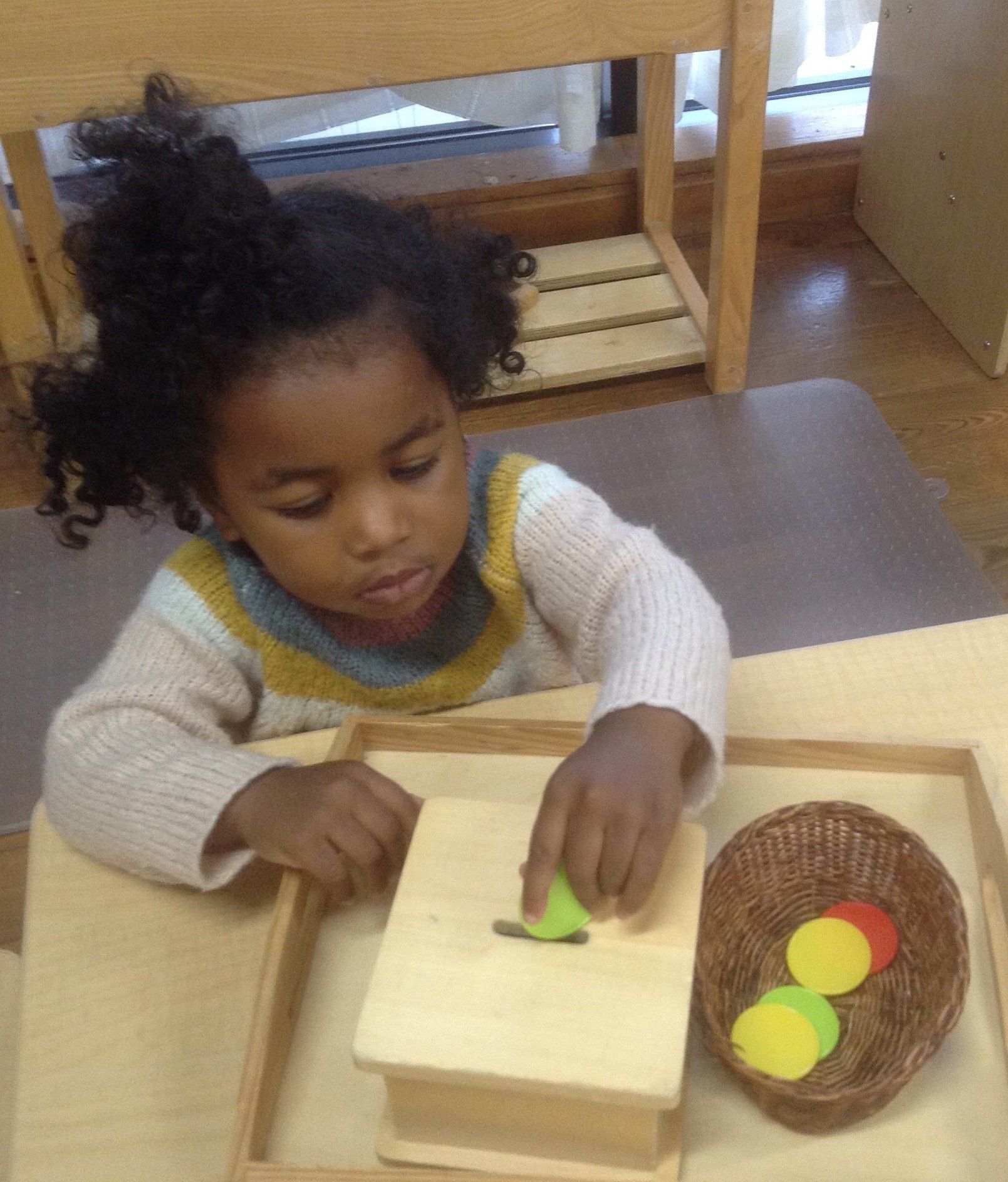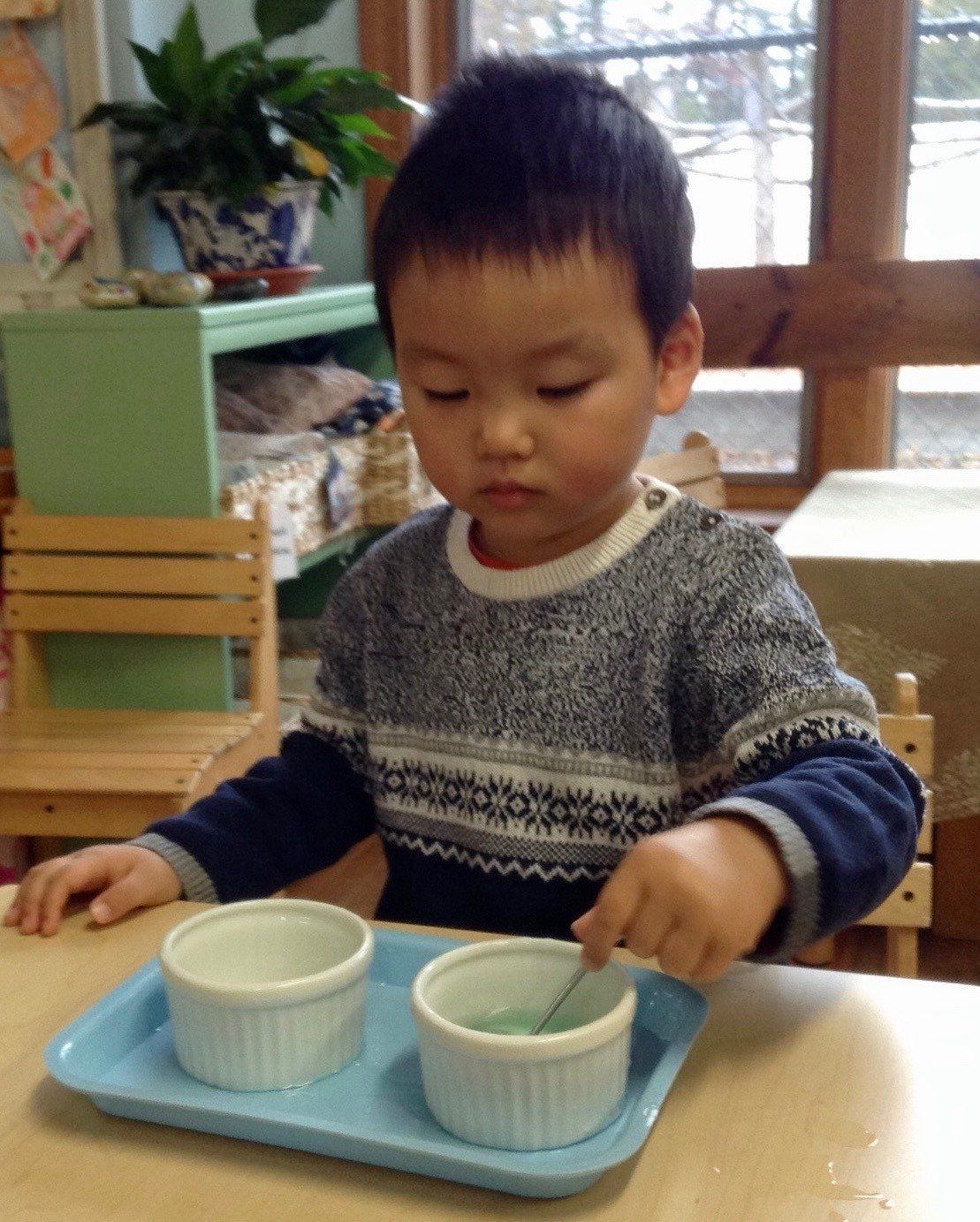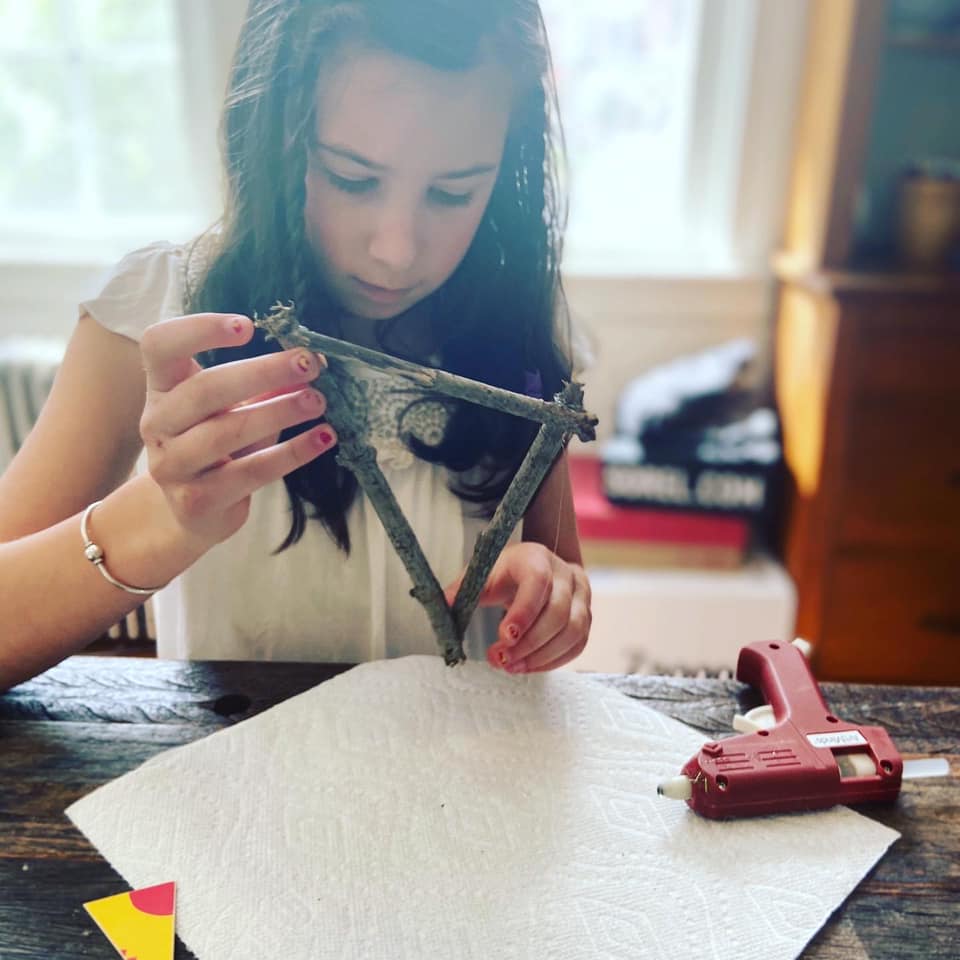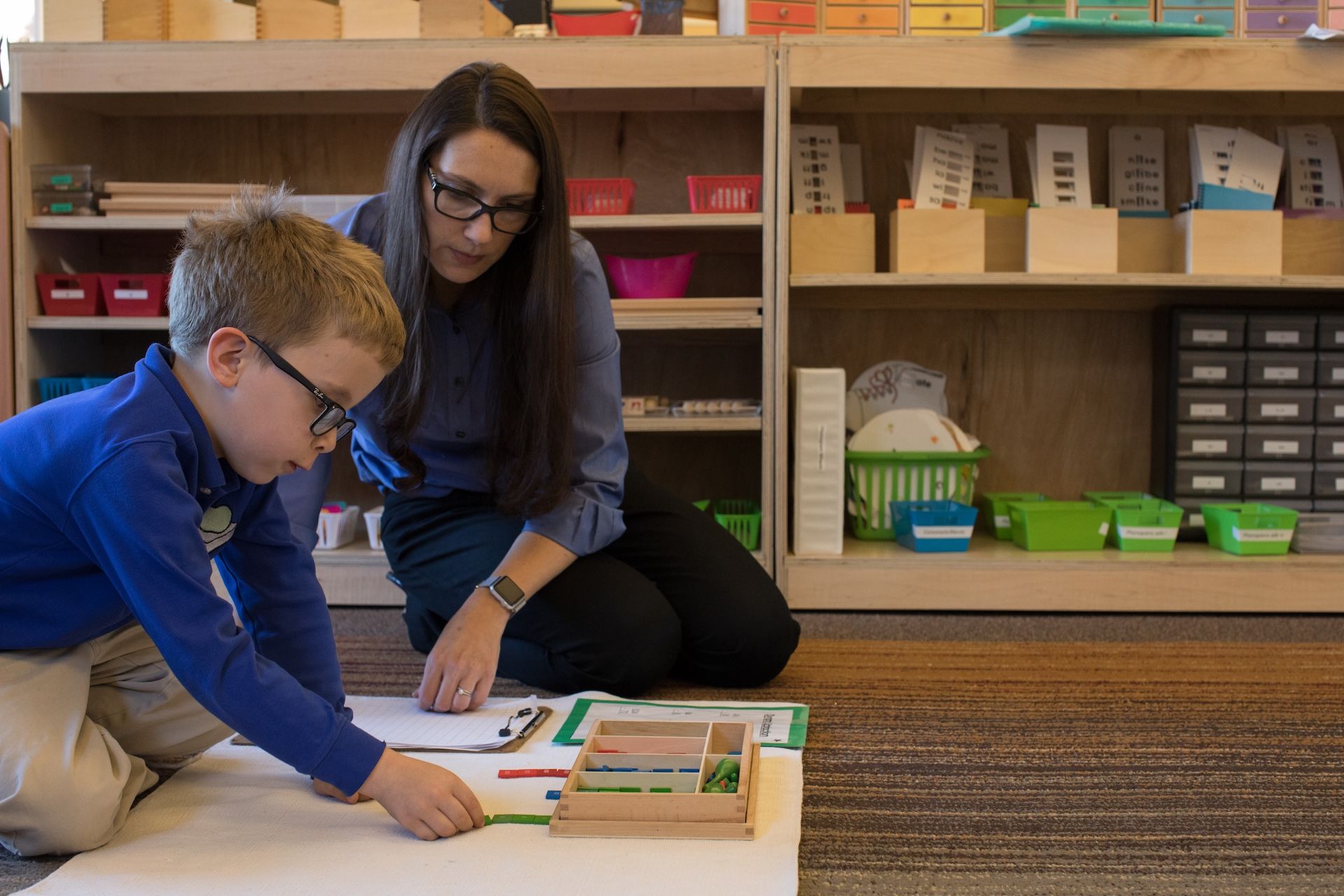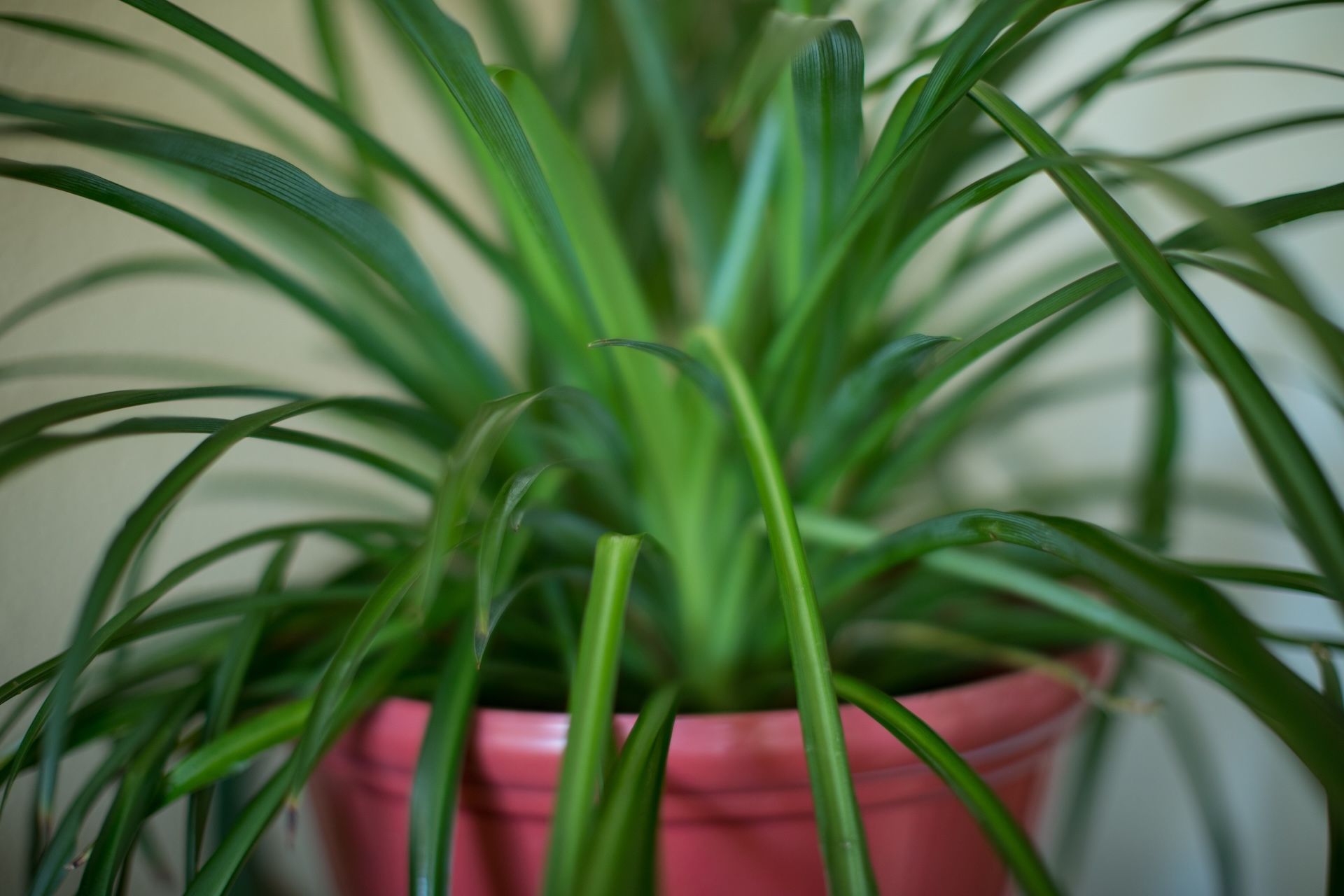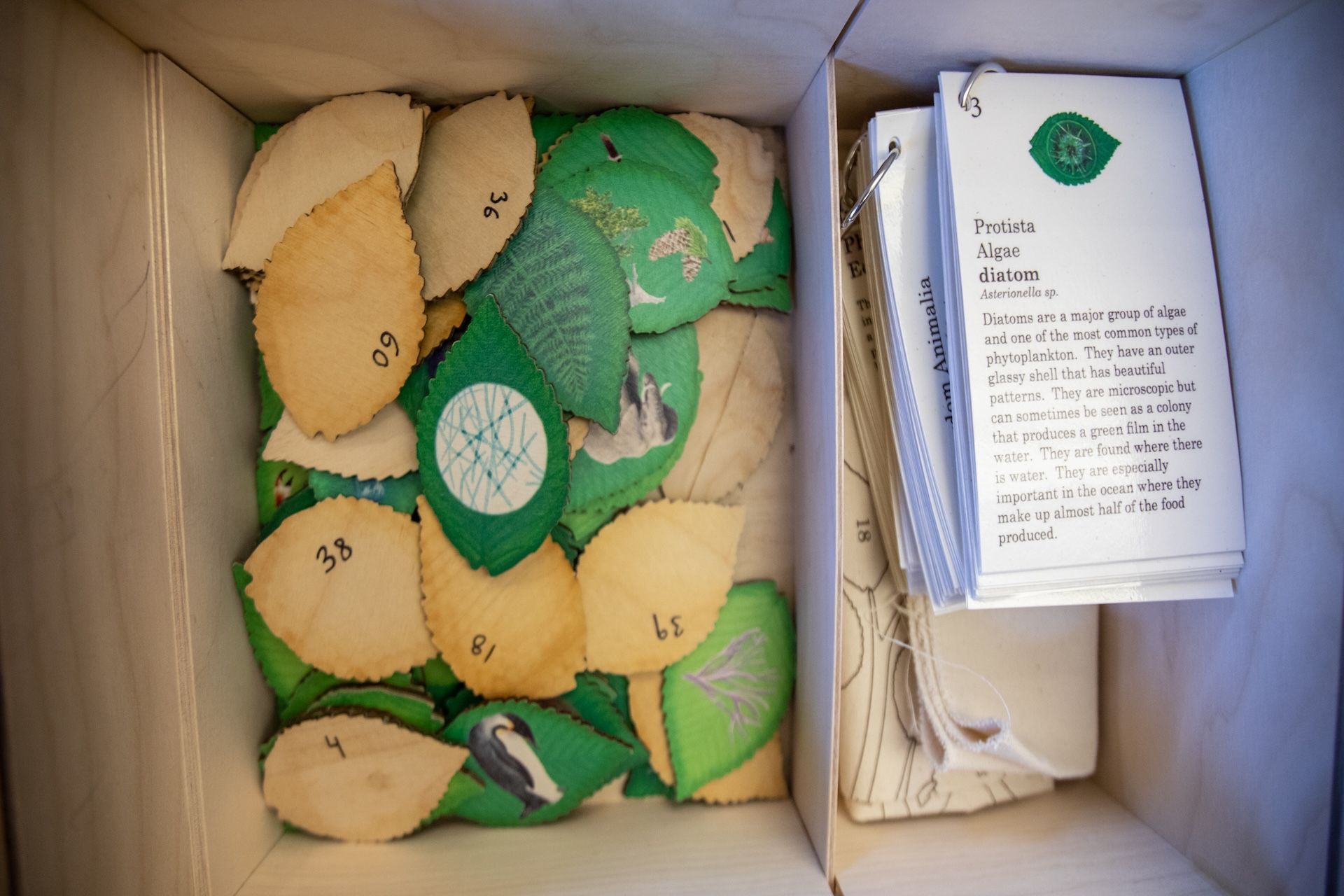Where joyful learning builds confident, compassionate citizens
An inclusive Montessori community that nurtures independence, creativity, and a deep respect for every child’s potential.
Hands-On Montessori School serves children ages 18 months to 12 years through hands-on, developmentally grounded education.
Why do so many families choose Montessori?
We Emphasize More than Just Academics
We honor your child’s individuality and focus on curiosity, independence, compassion, collaboration, and critical thinking, preparing him or her to take on the future with confidence, propelled by the gift of self knowledge and a passion for learning.
…but the Academics Are a Huge Strength
It is not uncommon to see four-year-olds in our school reading, six-year-olds completing long division problems, and nine-year-olds classifying botanical specimens. Our curriculum presents skills at the time when children are most ready to learn.
We’re a Community
Our school is a community for more than just the children. We view our relationship with you as a partnership, working together for the benefit of your child. Because children thrive when home and school work in harmony.
“As a parent, I wholly recommend Hands-On Montessori to anyone who has a child that they are interested in receiving a great educational experience. From the first interaction with the staff at Hands-On Montessori, we have been extremely impressed and satisfied and it makes me feel very comfortable knowing I am sending my daughter to a school where everyone cares about her well-being and education.”
- Amber N

